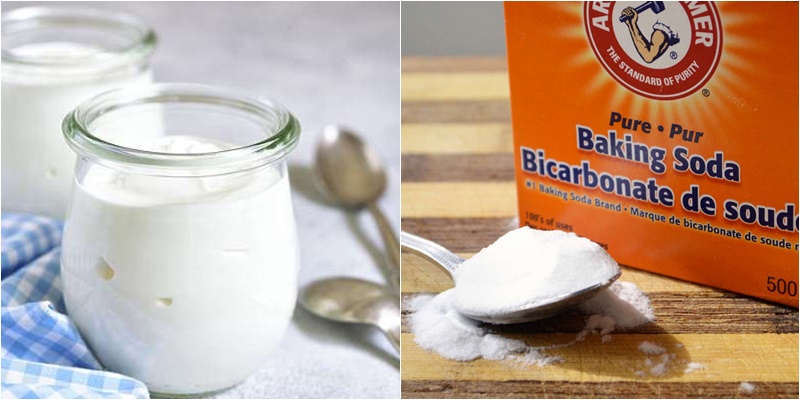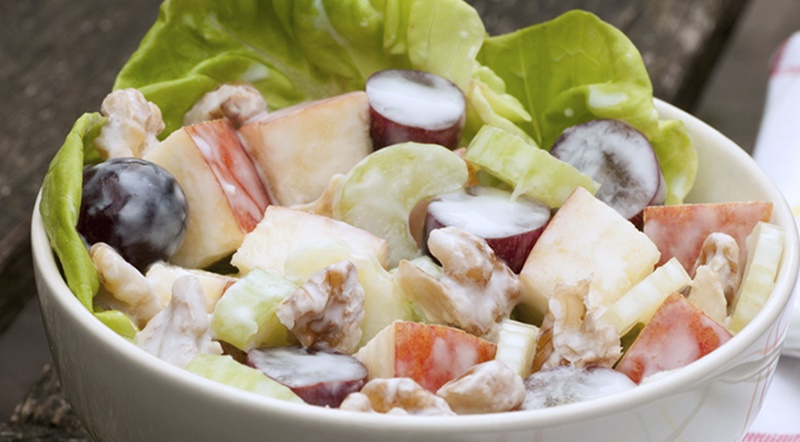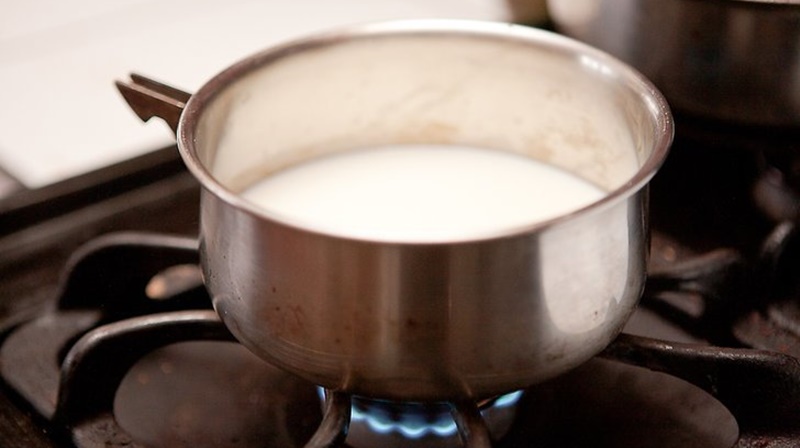1 Substitute Yogurt for Milk When Cooking
– If your recipe calls for milk and you don’t have any, you can substitute yogurt by adding ½ teaspoon of baking soda for every 200ml of yogurt.
– After adding the baking soda to the yogurt, simply stir and use as you would milk. Your dishes will still have that rich, creamy flavor.

2 Use Yogurt as a Mayonnaise Substitute
– Ran out of mayonnaise? No problem! You can use yogurt instead by adding a little salt and sugar to taste. Simply dissolve the salt and sugar in the yogurt and use it as a dressing for salads, or mix it with other ingredients for stir-fries and fried dishes.

3 Cook with Low Heat
– When cooking with yogurt, it’s best to use low heat. Alternatively, you can turn off the heat before adding the yogurt to your dish. Simply stir the yogurt into your ingredients until it’s fully incorporated, then turn the heat back on.

4 Add Cornstarch to Prevent Curdling
– If your yogurt has curdled, simply mix 1 teaspoon of cornstarch with 2 teaspoons of water for every 200ml of yogurt.
– Pour the yogurt mixture into a saucepan and heat it gently over low heat, stirring continuously. Your yogurt will return to its original, perfect state.

5 Bring Yogurt to Room Temperature Before Adding to Hot Dishes
– To avoid curdling and maintain the aesthetic and flavor of your dish, bring cold yogurt to room temperature before adding it to hot dishes. This will prevent the yogurt from forming lumps.

Keep these tips in mind when using yogurt in your cooking, and feel free to share your own cooking tips in the comments below!
Source: mytour.vn






























